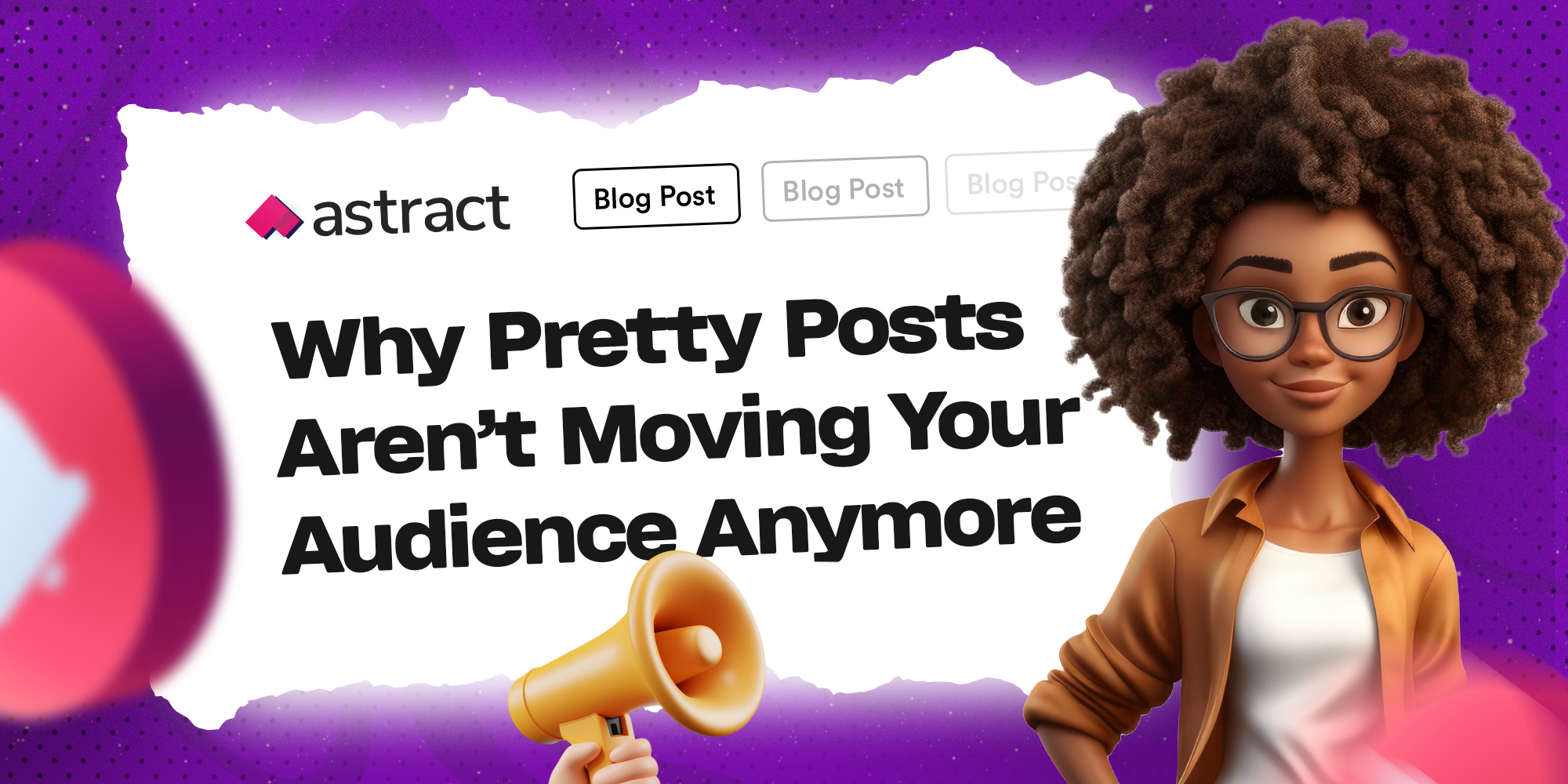One of the top reasons startups fail is that there is no market need for their product. This is why the most successful startups start with a leaner product: an MVP, or Minimum Viable Product. In this step-by-step MVP development guide, we’ll walk you through the process and provide practical tips for launching a brand that can break into a competitive market.
At Astract, where we help brands and SMEs transform their ideas into market-ready solutions through web development, content marketing, and digital strategy, we’ve seen firsthand how powerful a well-executed MVP can be. So if you’re wondering if you’re in the right place, you certainly are.
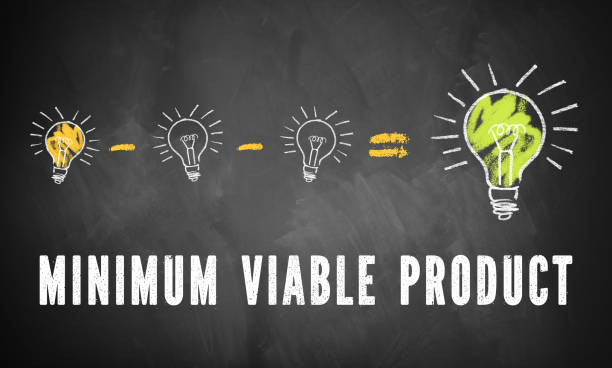
What is an MVP?
MVP stands for Minimum Viable Product, and it’s the basic version of your product that delivers just the right amount of features to solve the core problem for your target audience.
The goal?
You get to validate your idea with real users and see if there’s genuine market demand before investing time and money into a fully developed solution.
MVP development for startups is about working smarter by testing assumptions, gathering feedback, and creating a product that will meet core users’ needs.
Consider it like this: if your dream product is a luxury car, your MVP might be a sturdy bicycle or a motorcycle. It gets users from point A to point B while you learn exactly what they want next.
Why MVP Development Matters for Startups
Prioritizing an MVP before building the final product will:
– Save Time and Money:
Instead of building unnecessary features, you focus on what matters most. Instead of building features users might not need, you find out exactly what serves them.
– Validates Demand Early:
Find out if there’s a real market for your product without betting the house.
– Attracts Investors:
Early traction with an MVP can help you secure funding faster.
Many of the world’s biggest companies, like Airbnb, Dropbox, and Uber, started with simple MVPs that evolved over time. So, starting lean isn’t reducing your idea; it’s just the strategic way to go if you aim to succeed in a startup. You don’t have to build the “perfect product” the first time. Instead, focus on gathering feedback from users and using the information to scale up your idea.
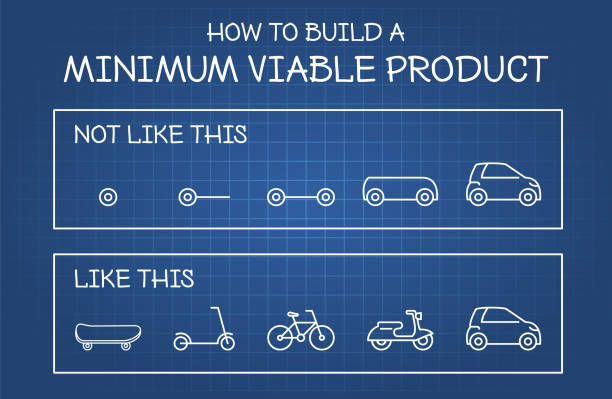
Step-by-Step MVP Development Guide
Now, let’s get into the core of it: How to build an MVP for a startup in a way that sets you up for success. If you need support and guidance developing your MVP, keep Astract9 on your radar; we do not develop a product without an MVP.
Step 1: Define the Problem You’re Solving
Every great startup begins by solving a problem. Before you write a line of code or sketch a prototype, get crystal clear on:
Who is your target audience?
What pain point are you addressing?
How urgent and important is this problem to them?
How are people solving this problem today (if at all)?
Many early-stage businesses rush into product development without fully defining the real problem. Your MVP needs to be hyper-focused on a core user need. What is the major thing your solution will fix or improve for your target audience?
Pro tip: Use surveys, interviews, or landing pages to validate the problem before writing a single line of code.
Step 2: Conduct Market Research
You may think you have a great idea, but you’re not the ultimate judge; the market is. Once you’ve defined the problem and identified your potential users, the next step is to conduct research. Talk to potential users. Study competitors. Read user reviews. Analyze trends.
Here’s what you’re looking for:
Demand for the solution
Gaps in existing products
Willingness of users to pay for or adopt your idea
This research phase can save you thousands of naira later on. Many common mistakes in MVP development stem from building for an imagined market instead of a real one. Even when you’re sure your idea and the problem you’re solving are real, it’s recommended to validate it with actual market research.
Step 3: Map Out Core Features
Here’s the golden rule: If it’s not essential to solving the core problem, leave it out. Create a list of features and rank them based on necessity. This is where you can apply the MoScoW feature prioritization:
- Must Haves: Essential to solving the primary problem.
- Should Haves: Important but not necessary
- Could Haves: Nice-to-have features for the future
- Won’t Haves: Features that can be deferred
Focus only on the must-have features that solve the core problem. Leave the “nice to have” features for later iterations. For instance, when Instagram first launched, it wasn’t the full social media platform we know today; it was simply a photo-sharing app with filters. MVP strategies for early-stage startups should always center around simplicity.
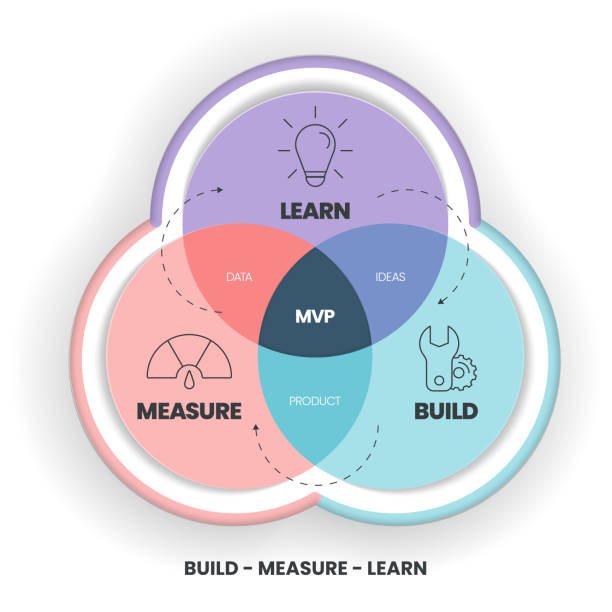
Step 4: Design the User Flow
With a clear plan in place, you can start designing your MVP. Sketch out how users will interact with your MVP. What steps will they take from start to finish? Try as much as possible to keep it simple:
Registration
Core action (e.g., booking, purchasing, posting)
Confirmation or feedback
It doesn’t need to be fancy. The goal is to create a seamless experience that supports your one main action. A rough design is better than none, and there’s an opportunity to refine it later. Early users are much more forgiving about “looks” than “getting stuck” trying to use your product. So, prioritize flow over polish.
Step 5: Build, But Keep It Lean
Once your MVP is mapped out, it’s time to build. But this is not your final product, it’s your minimum viable product, so focus only on the core features that solve your customer’s most urgent problem.
This phase is where many early-stage founders overthink things. You’re not aiming for perfection; you’re aiming for functionality.
Here’s a rule of thumb we give our clients at Astract: If a feature doesn’t directly contribute to solving the problem or validating your idea, it can wait. If you’re considering MVP app development, you might want to explore cross-platform frameworks like Flutter or React Native to save cost and time. These tools allow you to launch on iOS and Android with a single codebase.
Read Also>>> 10 Types of Landing Pages to Try for Your Website
Step 6: Launch & Collect Feedback
Now that your MVP is live, the learning begins. This is the time to gather as much feedback as possible, the time to validate your idea and inform further areas of development.
Don’t just watch for downloads or traffic. Look at user behavior. Are they completing signups? Are they dropping off at a certain point? Are support tickets piling up in one area?
You can collect data by using feedback tools like surveys (hello, Formplus!), in-app analytics, heatmaps, or direct interviews. The aim is to understand what works, what doesn’t, and what users seek.
Here’s something to note: MVP launch strategies don’t always mean a big bang. You can launch quietly with a test group or start with a soft launch to a niche market. This gives you room to improve before going fully public.
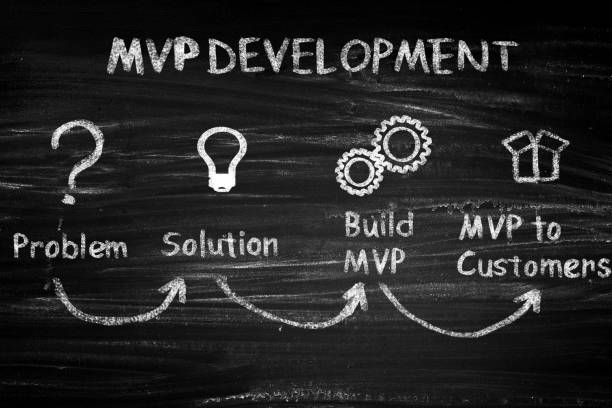
Step 7: Learn and Iterate or Abandon
MVP development isn’t a one-off event. It’s a temporary stone to gauge market interest and decide whether to adjust, build, or abandon your idea.
Maybe users love your product but find the interface confusing. Or maybe they’re asking for a feature you didn’t think was essential. This stage is about refining your minimum viable product for startups into something customers love.
In a case where your MVP gets a lot of positive feedback and clear market interest, then it’s time to build. This means fully developing the product that the MVP tested.
However, if the MVP doesn’t generate enough feedback or interest, it’s a sign that the product doesn’t serve market needs. Put it off. We understand how difficult abandoning your project might be, but think of how much time and resources you will save. You can also use this opportunity to refine your idea and explore other viable projects.
Common mistakes in MVP development include ignoring feedback, rushing to scale, and trying to satisfy every request.
Step 8: Scale (Only When You’re Ready)
Once your MVP has proven that there’s demand and your core functionality works, you can think about scaling. But don’t scale too soon to avoid building on shaky ground.
Also scaling doesn’t always mean throwing more features into the mix. It might mean:
Optimizing performance
Hiring more team members
Expanding to new user groups
Upgrading infrastructure
Running targeted marketing campaigns
At this point, you’ll want to reevaluate your goals and tech stack. Can your current system handle five times more users? Do you need to rework your UX now that you’ve validated your core features? This is also where your MVP can evolve into a full product, still lean but more powerful.
To Wrap Up
Too many founders treat MVP development like a finish line. It’s not. It’s the launchpad to refine your product effectively. A well-built MVP validates your idea and, more importantly, brings you closer to building something people actually want.
For expert help on validating ideas and building your MVP, consider talking to us at Astract9. We work with brands and founders to build digital products that grow with them. Whether you’re stuck on the tech side or figuring out your user journey, our team is here to help.
Ready to build your MVP?
Let’s talk about it. Click here to request a quote or speak to our product team.




